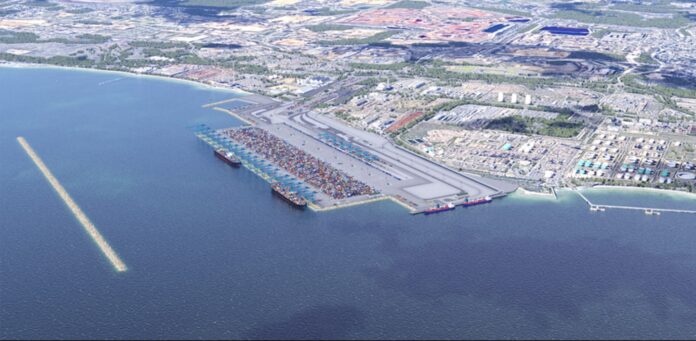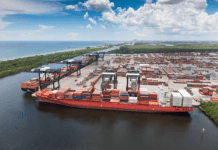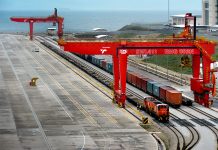
Western Australia is set to move its main container port from Fremantle to Kwinana by 2030, in an A$7 billion (US$4.6 billion) shift.
Fremantle processes approximately 800,000 TEUs annually and can handle up to 1.4 million TEUs yearly, but with volumes anticipated to exceed 3 million TEUs over the next 50 years, there are concerns its capacity is inadequate. Its location does not make upgrades feasible.
The Westport Taskforce settled on Kwinana, which is Western Australia’s primary industrial area with a busy bulk freight port. Fremantle will continue to cater to cruise ships and coastal vessels.
On 11 November, the taskforce said in its business case that infrastructure limitations at Fremantle will begin impacting A$445 billion (US$290 billion) of container trade as early as the mid-2030s.
The taskforce said: “The continued trend of increasing containerisation of imports and exports means that by 2040 this is expected to have grown by around 20% per person. At the same time, our population is growing and is expected to reach 3.6 million by 2036. Long-term, container trade is expected to grow from approximately 857,000 containers annually today to 2.9 million annually by 2070. This means our port and supply chain needs to handle a significant increase in containers.”
“As it will take at least a decade to plan for and develop a new port, it’s critical to get the process underway now. Not being ready in time would significantly impact the Western Australian economy. In a worst-case scenario, if new port capacity was not available in time, Western Australia would be dependent on the east coast ports, with containers transported via land across Australia. This would result in much higher transportation costs to Western Australian businesses, 3.5 times more per container than if traded directly through a Perth-based port. An additional 1 million tonnes of carbon dioxide (equivalent) would be emitted over the first 10 years, if vessels started to bypass Western Australia around 2040.”
Martina Li
Asia Correspondent





